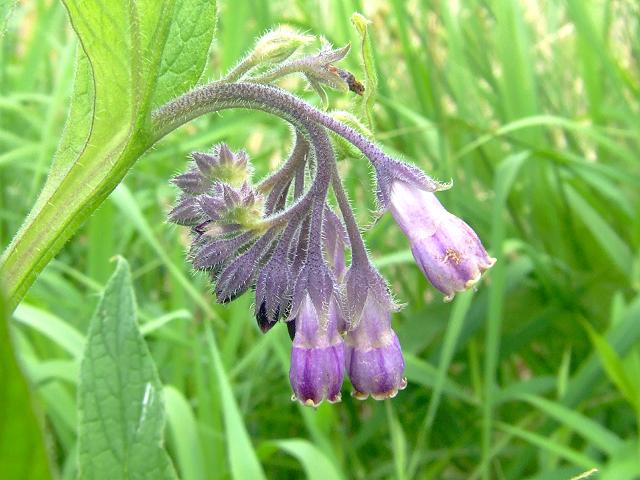
Growing ComfreyĬomfrey is very easy to grow and will return year after year as a perennial in most zones (3-9). While there are a number of people who stand by the results they see from using comfrey medically, the medical profession and the FDA have ruled that it presents a high risk. Studies were done in other countries that showed rats died from eating comfrey however, there were questions about the amount of comfrey they ingested. However, the plant was banned in 2002 from being used in supplements in the United States. Research did not show that any deaths resulted in people or animals from ingesting comfrey. In the 1980s, research was done that showed comfrey contains pyrrolizidine alkaloids which have caused people to become ill when ingesting other plants that contain the substance. Historically, comfrey was used for medicinal purposes, but in modern times, it is thought by some to be toxic and regulated in several countries.
SYMPHYTUM COMFREY SKIN
Because of this, you are strongly urged to use comfrey only externally and never on broken skin or open wounds. It contains pyrrolizidine alkaloids, and current research suggests that using it internally may cause liver damage. Comfrey has also been used to treat other ailments including bronchitis and ulcers. Comfrey contains allantoin which is known to reduce inflammation and stimulate cell growth. Historically, comfrey has been referred to as boneset or knitbone because of the curative properties in healing wounds ranging from sprains to broken bones. Historical UsesĬomfrey has been used for medicinal reasons for thousands of years. Typically all species can be used interchangeably although livestock tend to prefer Russian comfrey.

Wild comfrey (Symphytum Hidcote Blue) is invasive and typically has blue flowers. Russian comfrey (Symphytum uplandica) is a hybrid that is often used for livestock feeding and often has purple, pink, red or blue flowers. True Comfrey typically has cream, yellow or purple flowers. Common or true comfrey (Symphytum officinale) has been in the United States since as far back as the 1600s. There are at least 21 named types of comfrey. Typically, when someone speaks of using comfrey for medicinal reasons, they are often referring to Common or True (Symphytum officinale) Comfrey. The scientific name for comfrey is Symphytum, and it is of the Boraginaceae family.


 0 kommentar(er)
0 kommentar(er)
